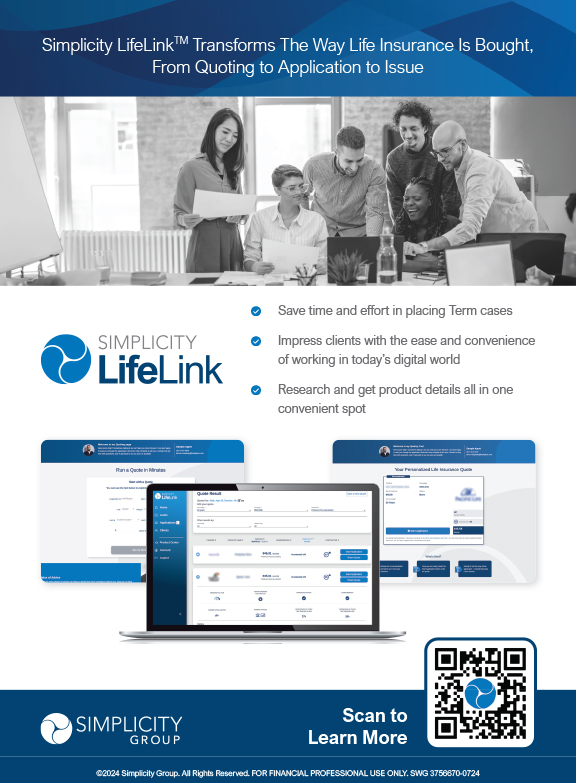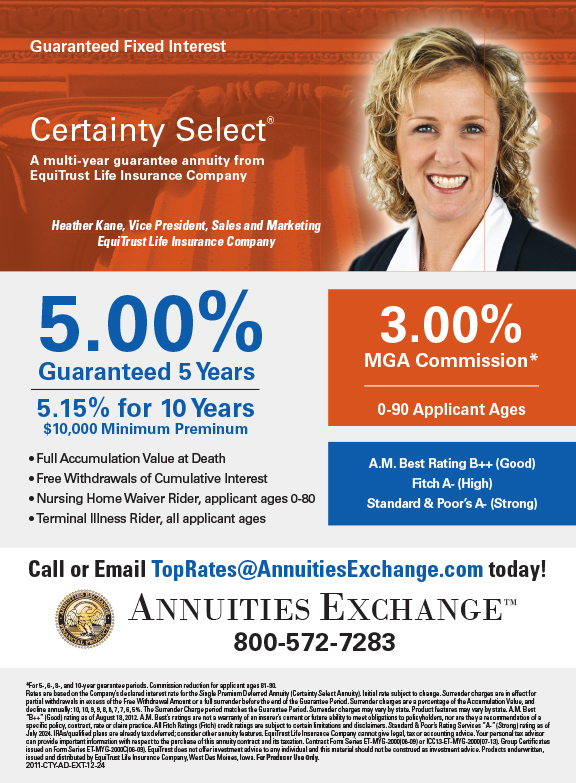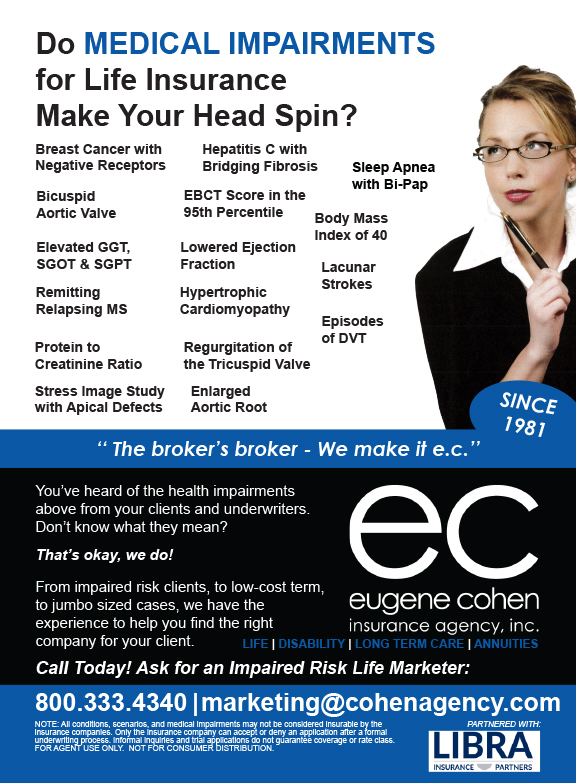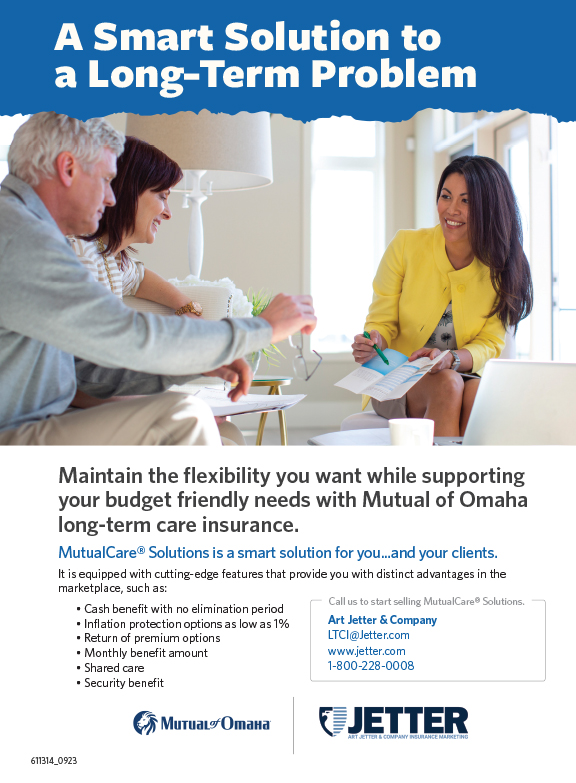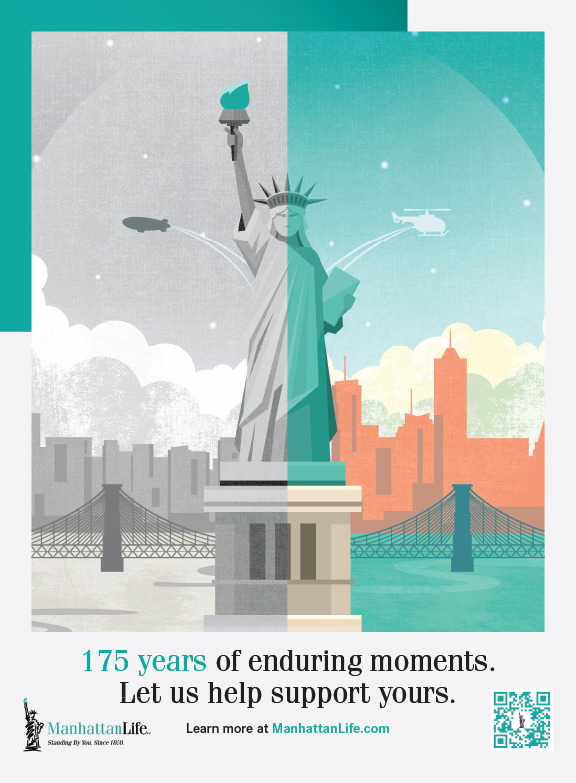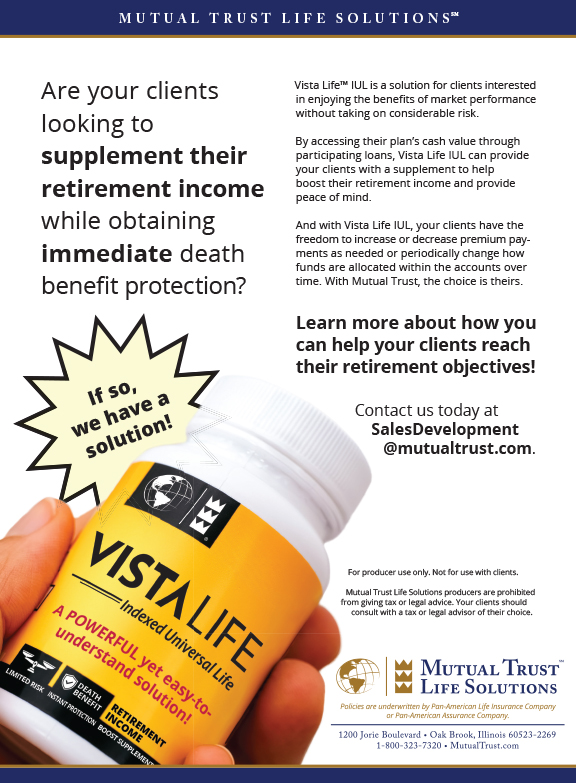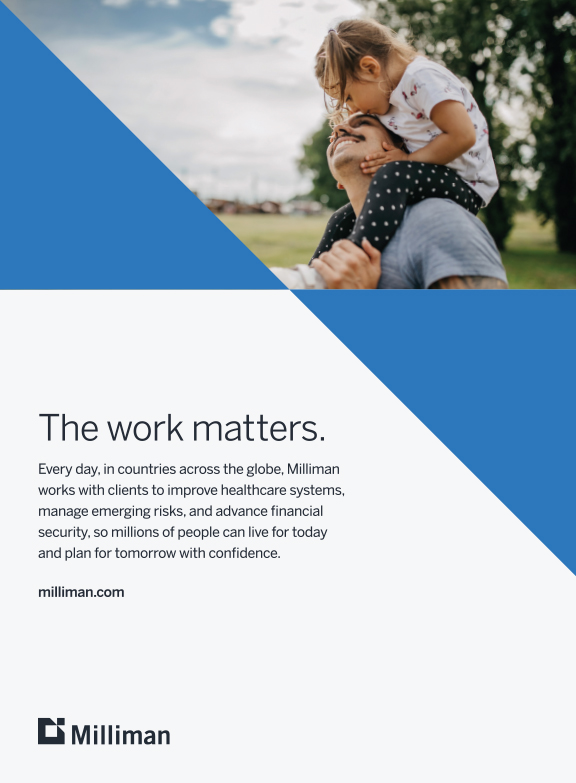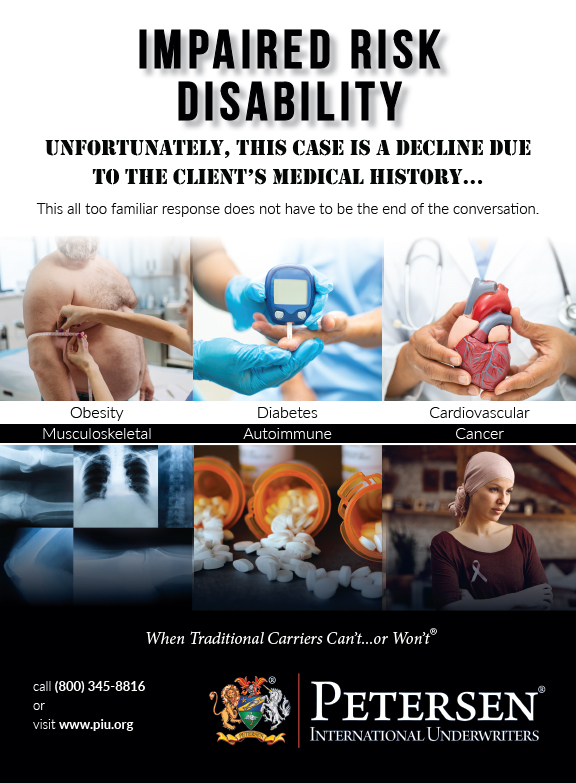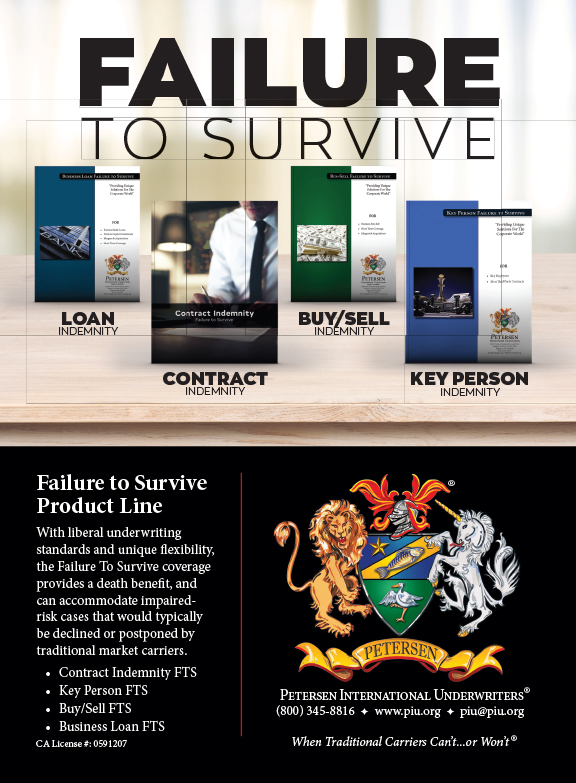The International Disability Insurance Society (IDIS) is only eight years young, but it is one of the few insurance associations that has experienced continued growth each and every year. Along with its organic growth, it is ranked as a top association in which members participate in the annual conference. The eighth annual conference was held last October in Denver, CO, and more than 65 percent of the membership was in attendance. The meeting was deemed a huge success, with a program that provided something for everyone.
There is a plethora of benefits one could expect from being a member of the International DI Society:
First and foremost, there are networking opportunities with the biggest and best names in the industry. There are the old-timers, who bring years of sales experience and training knowledge, as well as the newer generations, with skills to tell DI stories in new and robust ways. There are insurance carriers and their highly educated staff members to advise on products and trends. Present also are distributors who can offer helpful ideas for making the sales of disability insurance easy for you (and with top compensation packages). You’ll find claims consultants, underwriters, accountants, attorneys, actuaries, marketing experts and social media gurus on the International DI Society membership list, which, as you can see, is quite diverse.
Members get the opportunity to access the DI Resource Center, 24/7/365, via the website. You’ll find valuable information along with direct connections to member companies so that your questions, interests and/or concerns can be addressed by DI experts. Sales tracks and sales ideas, along with recently published articles on various DI subjects, are all easily located at www.internationaldisociety.com.
The International DI Society study group meets quarterly via conference call. These sessions are led by experts with knowledge in the particular field of the topic to be discussed. Topics vary from the fundamental basics to complex details of disability insurance plans. Sales, underwriting, understanding financials, placing a rated case and claims issues are all topics for upcoming study groups.
Supplementing the study group is an active LinkedIn discussion group, which allows member participation to assist with getting answers or advice from within the society’s collection of experts. You can find advice on social media, marketing, products and claims.
Coming this year, and to be presented for the first time at the 2013 annual conference, will be the unveiling of a professional designation which can be earned by participating in the American Health Insurance Plans’ (AHIP) new disability insurance credentialed study program.
Adding to the list of resources are The American College, the LIFE Foundation and its DI Awareness Month, and the Council for Disability Awareness. Along with the International DI Society, these organizations bring the greatest impact for a professional agent who caters to the most basic need of any financial plan—that of income protection.
The International DI Society has truly been the salvation to what was a dying industry. Ten years ago, it was difficult to find carriers eager to sell disability insurance. Industry magazines rarely ran articles on the subject of DI, and the old insurance associations had a real aversion to offering education or lobbying efforts for disability insurance at their local, state or national levels.
As a result of International DI Society standing up for this great industry and rattling the cages of producers, insurers, regulators and educators, new life was injected into the disability insurance industry. If you are not already, you should become part of this new sales trend.
Disability insurance is now in vogue. Why? Because it provides the most profit to the professional agent and it is a product that most consumers recognize as extremely important when an agent takes the time to explain it to them.
The many surveys done by the large disability insurance carriers reflect this news. The only thing standing in the way of the consumer buying disability insurance is the fact that most consumers have never been approached to buy it. What a shameful thing that is!
We have seen what can happen when Congress gets involved with health insurance, when more than 80 percent of Americans actually own some form of medical insurance. Yet only 35 percent of Americans have privately owned disability insurance. Is our industry inviting another social program because we have failed to offer income protection to the American wage earners?
Get involved with the International DI Society. It will be the most profitable thing you can do for yourself in 2013!






